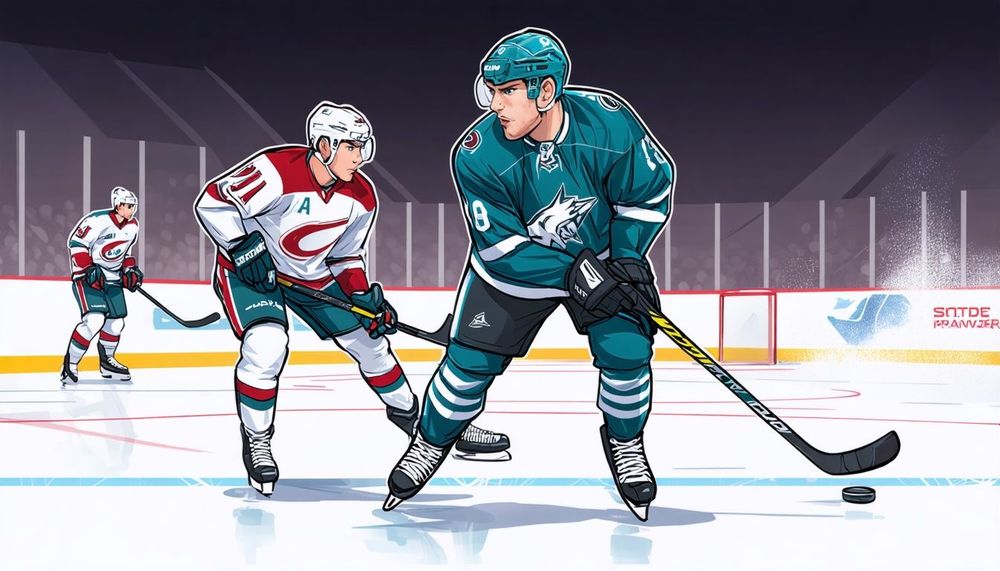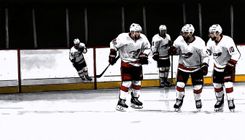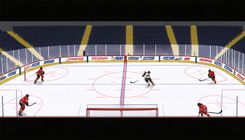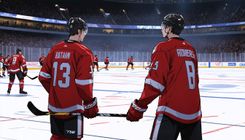NHL Prospect Pool Rankings: A Comprehensive Analysis

The evaluation of NHL prospect pools has produced some expected entries, particularly at the top of the rankings. This year, a significant observation is the disparity between a team's standing and the condition of their prospect pool. Traditionally, one might expect that teams with less favorable prospect pools would be lower in the standings. However, this season, a greater number of teams defy that trend. Various factors such as trades, players graduating to full-time NHL roles, and prospects underperforming contribute to this phenomenon. As a result, the latter half of the rankings feels more tiered, grouping teams with similar struggles characterized by shallow prospect cupboards.
The methodology behind these rankings accounts for numerous elements, including newly drafted players, trades, developments over the season, and projections for their performance in the upcoming 2025-26 season. For this analysis, a prospect is defined as any player entering that season with limited NHL exposure. Teams such as the Florida Panthers, Vancouver Canucks, Los Angeles Kings, and Ottawa Senators are each under scrutiny regarding their depth in prospect talent. While some players, including Jack Devine, Gracyn Sawchyn, and Logan Hensler, exhibit promise, the overall sentiment regarding their prospect pools remains cautious. The same applies to the Toronto Maple Leafs, whose drafting decisions have been less than favorable in recent years despite expectations for postseason success.
Other teams such as the Nashville Predators, Colorado Avalanche, and San Jose Sharks are highlighted as organizations on the upswing with promising additions. Notably, the Sharks secured Michael Misa, adding significant depth to their prospect pool. The Chicago Blackhawks and Montreal Canadiens find themselves in similar positions, with both franchises making strides in their prospect rankings through thoughtful drafting. This analysis emphasizes the importance of prudent decision-making in developing a competitive prospect pool, which could ultimately influence a team's trajectory in the NHL.









